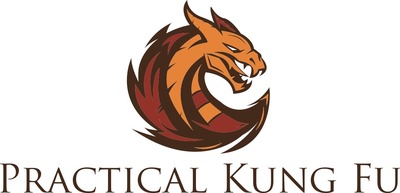The Vital Pyramid concept should form the basis of your approach to self protection and your overall fitness.
As mentioned previously, it starts with Mindset, and then Tactics for going about your daily life and dealing with potential criminal threats.
However, in order to execute this overall plan, you need to develop your Skillset.
Skill development is needed throughout our lives.

Training in my garage
If you want to get strong and fit, you will need to develop skills to execute your fitness plan.
Believe it or not, performing exercises such as the barbell squat and overhead press requires some significant skill when you start dealing with heavy weight.
This are complex, although completely natural movement patterns with long kinetic chains.
In order to have the ability to lift heavy weight with these exercises, you will need to develop skill attained through practice.
Since new trainees are not strong enough to lift heavy weight, they start at much lower weights.
The first few weeks of training are then more focused on executing the lifts properly while adding weight to the bar with each workout.
Eventually, that weight gets heavy, but through the practice and repetition, you have the skill to continue to push that weight up.
When we train in self protection, there are numerous skills to develop.
First, we must learn to identify potential threats as we go about our daily lives.
It takes practice and repetition to develop the observational skills to be able to identify these potential threats.
Obviously, we need to develop fighting skills to give ourselves a better opportunity to deal with criminal assault if it does happen.

Chokehold demonstration
Martial arts and combatives training helps us develop kicking and punching skills, along with the ability to move on our feet or on the ground if needed.
And, last but not least, it is helpful to develop skills in the use of weapons.
Law enforcement, the military, and individuals who desire to become Tier 1 civilians will go through at least some of this type of training.
Obviously, some develop superior skills compared to others.
At the very least, anyone who has family, friends who are more vulnerable, or who work with people who are less physically capable should develop some of these skills.
Given the obvious increases in violence in western society in recent years, and the lack of accountability, it is pretty clear that the average person is now in need of developing self protection skills more than ever.
My Practical Kung Fu program will go a long way toward helping people build the skills necessary for dealing with today’s increasing threats.
Discover more from Practical Kung Fu
Subscribe to get the latest posts sent to your email.
